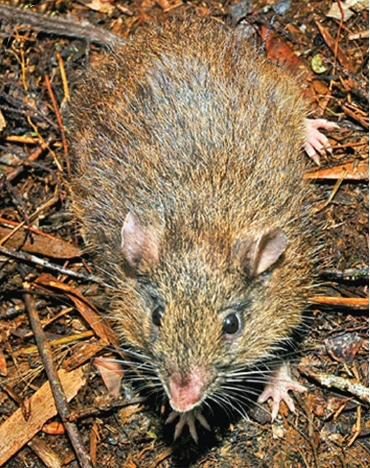Superregnum: Eukaryota
Cladus: Unikonta
Cladus: Opisthokonta
Cladus: Holozoa
Regnum: Animalia
Subregnum: Eumetazoa
Cladus: Bilateria
Cladus: Nephrozoa
Superphylum: Deuterostomia
Phylum: Chordata
Subphylum: Vertebrata
Infraphylum: Gnathostomata
Megaclassis: Osteichthyes
Cladus: Sarcopterygii
Cladus: Rhipidistia
Cladus: Tetrapodomorpha
Cladus: Eotetrapodiformes
Cladus: Elpistostegalia
Superclassis: Tetrapoda
Cladus: Reptiliomorpha
Cladus: Amniota
Cladus: Synapsida
Cladus: Eupelycosauria
Cladus: Sphenacodontia
Cladus: Sphenacodontoidea
Cladus: Therapsida
Cladus: Theriodontia
Subordo: Cynodontia
Infraordo: Eucynodontia
Cladus: Probainognathia
Cladus: Prozostrodontia
Cladus: Mammaliaformes
Classis: Mammalia
Subclassis: Trechnotheria
Infraclassis: Zatheria
Supercohors: Theria
Cohors: Eutheria
Infraclassis: Placentalia
Cladus: Boreoeutheria
Superordo: Euarchontoglires
Ordo: Rodentia
Subordo: Myomorpha
Superfamilia: Muroidea
Familia: Muridae
Subfamilia: Murinae
Genus: Batomys
Species: Batomys hamiguitan
Name
Batomys hamiguitan Balete, Heaney, Rickart, Quidlat & Ibanez, 2008
References
Balete, D.S.; Heaney, L.R.; Rickart, E.A.; Quidlat, R.S.; Ibanez, J.C. 2008: A new species of Batomys (Mammalia: Muridae) from eastern Mindanao Island, Philippines. Proceedings of the Biological Society of Washington, 121: 411–428.
The Hamiguitan hairy-tailed rat (Batomys hamiguitan) is one of five species of rodent in the genus Batomys. It is in the diverse family Muridae. This species is found only in the Philippines. is a yellow-brown animal with a long furry tail, weighs about 175 grams, and is related to several other species known in Central Mindanao, Dinagat Island and Luzon. It lives only in an area that's at least 950 meters high, and in dwarf mossy forests less than 10 square kilometers.
It was the last member of its genus to be discovered in May 2006.[2] According to team leader and lead author Danilo Balete, "Hamiguitan batomys is the first mammal to be described from Eastern Mindanao, and the first thought to live only in that area."
This species corroborates the hypothesis that the island of Mindanao has multiple centers of endemism, of which the southeastern highland of Mount Hamiguitan is one.
References
Engelbrektsson, P.; Kennerley, R. (2017). "Batomys hamiguitan". IUCN Red List of Threatened Species. 2017: e.T45954108A120955590. doi:10.2305/IUCN.UK.2017-3.RLTS.T45954108A120955590.en. Retrieved 19 November 2021.
Danilo S. Balete; Lawrence R. Heaney; Eric A. Rickart; Roselyn S. Quidlat & Jason C. Ibanez (2008). "A new species of Batomys (Mammalia: Muridae) from eastern Mindanao Island, Philippines". Proceedings of the Biological Society of Washington. 121 (4): 411–428. doi:10.2988/07-47.1.
Retrieved from "http://en.wikipedia.org/"
All text is available under the terms of the GNU Free Documentation License


